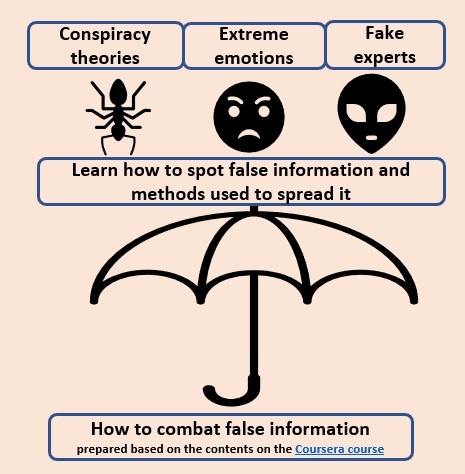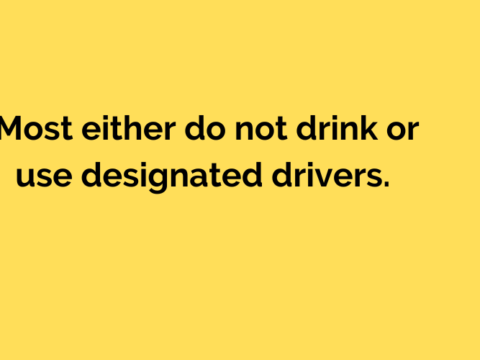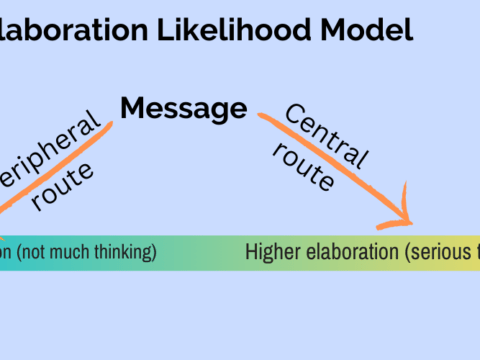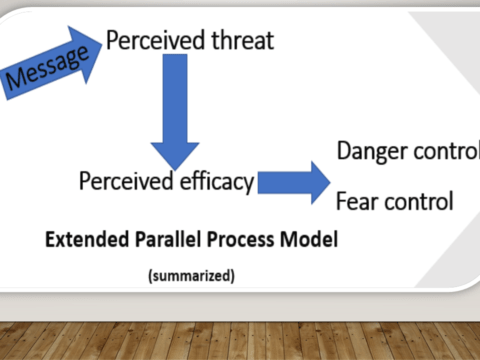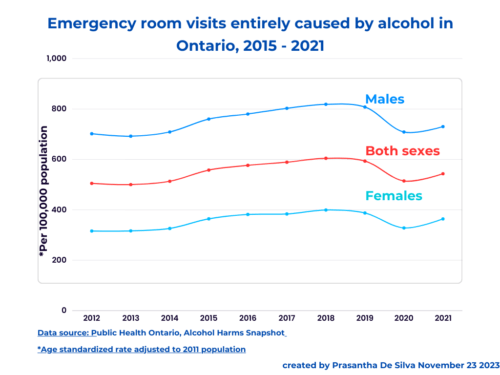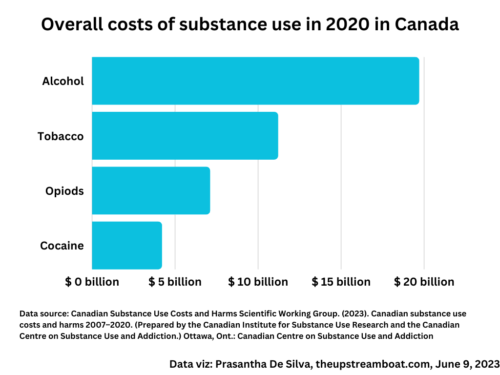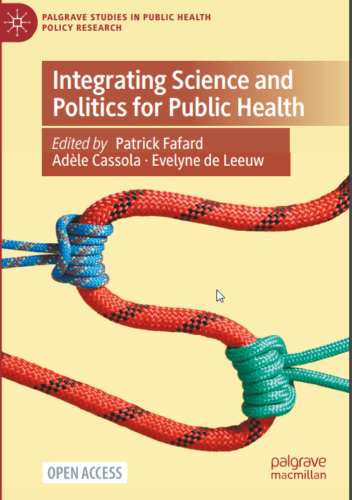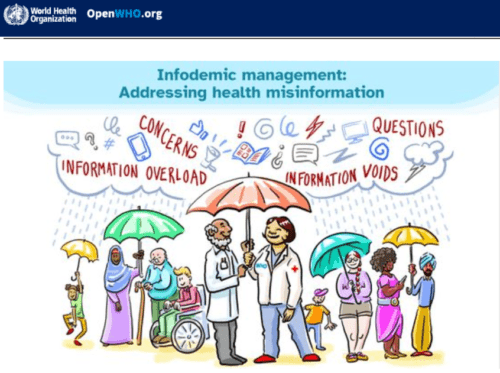Category: message framing
Do your part – stay apart; more relevant now
This message becomes more relevant now than before with the growing presence of the COVID 19 variants. The new variants are more transmissible; for example, the UK variant is said to be 56 percent more transmissible than the original COVID 19 virus. What does that mean? It means if the original one takes 20 days to double the number of us infected, this variant will do it within 10 days. Some epidemiologists predict the numbers can go up by more than 10 fold if the current lockdown restrictions are removed.
Cover your mouth AND the nose
Cover youth mouth AND nose
“Plastic Bag”; a short film by Ramin Bahrani
“They told me it’s out there: The Pacific Vortex. Paradise”; The “Plastic bag” anticipates his destiny through Werner Herzog’s voice. “No one needs me here anymore, Not even my Maker”; the “Plastic bag” laments while observing the sunset on the beach. “He” is about to dive into the deep ocean heading for “paradise”: the gigantic plastic garbage dump that sits deep Pacific Ocean Vortex. Ramin Bahrani opens his “Plastic bag” (2010), an 18 minutes long film with the above narration. It premiered at the Venice Film Festival and later screened at the New York Film Festival. Ramin is an acclaimed…
“Got milk?” and “Got Polio?: Me Neither
When I saw this, it reminded me of another famous advert with a similar narrative. It was aimed at increasing milk consumption among US consumers in the past: “Got Milk?”. “Got Milk?” was one of the most famous US campaigns. Jeff Manning, the Executive Director for the California Milk Board hired an Advertising company in San Francisco to develop a campaign; “Got milk?” was the result. The published literature about this campaign teaches us important lessons. I am attempting here to apply their strategies that may be applicable in raising vaccination rates and possibly to other campaigns too. During that…
One death is a tragedy; a million a statistic!
Image by skeeze from Pixabay Updated July 25, 2021 I wrote the original post under the above title in February 2020 just before the COVID-19 pandemic sets in. It referred to millions of deaths of animals due to massive wildfires in Australia. Then, I added an update in June 2020; at that time it was us – COVID19 gobbled 4,00,000 humans. now, the world has aged one year from June 2020; the virus has claimed 10 times than the June 2020 total: Exactly 4,172,142 humans: 4.1 million!. Can we comprehend that number? We simply cannot. We have become numbed. Paul Slovic…
Influence of message framing on climate action
How we frame our messages influence how we take climate action. The Climate crisis is real; it is happening. And, people are concerned about it. However, few seem to be willing to act upon it as in the case of any other problem in our daily lives. What type of climate change messages are more persuasive? On October 20, 2022, a Nature article, by Niheer Dasandi et al showed that when we frame climate messages in a positive frame, highlighting health and environmental impact and global immediacy bolster public support. Positive framing is more persuasive. This is not a new…
This message is good for “others”, not for me.
This is about the classic “third-person effect”; it is not for me (the first person), or you (the second person), it is for others (the third person). Think about this real scenario: A group of researchers showed a set of messages prepared against drink-driving to a group of 201 drivers. They asked the respondents, among many, the following two questions: 1. To what extent you would be influenced by these advertisements?” 2. To what extent other drivers, in general, would be influenced by these advertisements”. The response items ranged from 1 (not influenced at all) to 7 (extremely influenced). The…
Framing anti-smoking messages with the Elaboration Likelihood Model
Updated on May 20, 2024 This post explores how a US research team crafted anti-smoking messages using the Elaboration Likelihood model. Below is one summary script of the twelve video clips the researchers showed to 1771 middle school students from Miami, Boston, and North Carolina school districts. “With a fast-paced Latin rhythm, Juan mingles with the crowd in a schoolyard. The narrator says, “He’s cool because he wears the right gear, is a good student, nice to girls, cool with the guys, and, he doesn’t smoke”. Then, Juan refuses a cigarette and his friends comment; “he did the right thing”….
